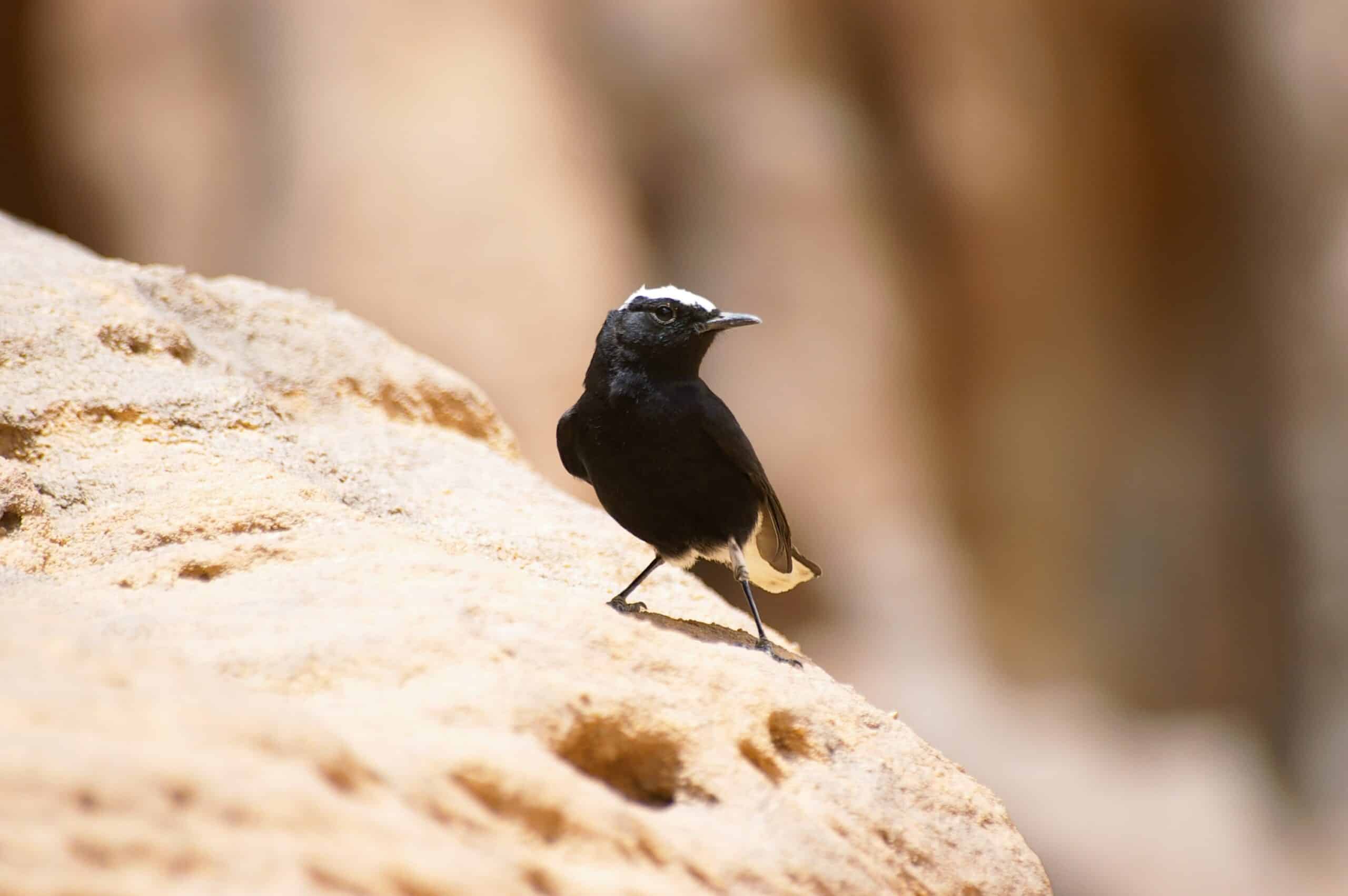The Moula Moula in Tuareg culture
A symbol of life and spirituality
The Moula Moula is the fetish bird of the Tuareg, and is the subject of numerous legends. It symbolises life, guides travellers and inspires a famous song entitled Moula Moula du Ténéré. This song evokes the landscapes of the Tassili n’Ajjer, the dunes of Tin Merzouga, and the traditions of the Tuareg people.
*Magnificent song in homage to the Moula Moula sung by the Tuareg people.
“Je m’appelle Moula Moula
Je conduis les voyageurs
Je suis l’oiseau du Sahara
Qui aide à libérer les cœurs
Vous traverserez avec moi
Les dunes de trois couleurs
La dune de Tin Merzouga
Qui chante pour soulager les pleurs
Moula Moula du Ténéré. Anmahal n tenere. Moula Moula du Ténéré. Moula Moula du Ténéré
Les montagnes seront vous charmer
Par leurs magiques splendeurs
Et nos pierres viendront vous parler
Des étoiles qui donnent le bonheur
Vous verrez encore avec moi
Les yeux remplis de chaleur
Le grand manteau de la Tadrart
La rose de Jéricho en fleur
Moula Moula du Ténéré
Je suis l’oiseau du Sahara
Je conduis les voyageurs
Mon nom est bien Moula Moula
Je voudrais libérer vos cœurs
Mes frères animaux du désert
Sont des sages dans leurs demeures
Qui disent aux hommes de la Terre
De libérer le créateur
Moula Moula du Ténéré
En m’envolant dans le ciel pur
J’indiquerai le chemin
De nos trésors, de nos peintures
Où les ancêtres parlent enfin
À nos oreilles parlons tout bas
De la force de la vie
Ils nous apprendront InSha’Allah
Que le respect n’a pas de prix
Moula Moula du Ténéré
En m’envolant dans le ciel pur
Je guiderai votre monde
Vers nos trésors, vers nos peintures
Où les ancêtres parlent enfin
À nos oreilles parlons tout bas
De la force de la vie
Ils nous apprendront InSha’Allah
Que le respect n’a pas de prix”

